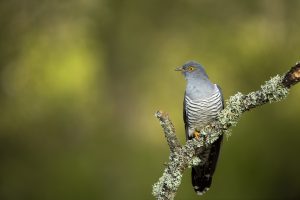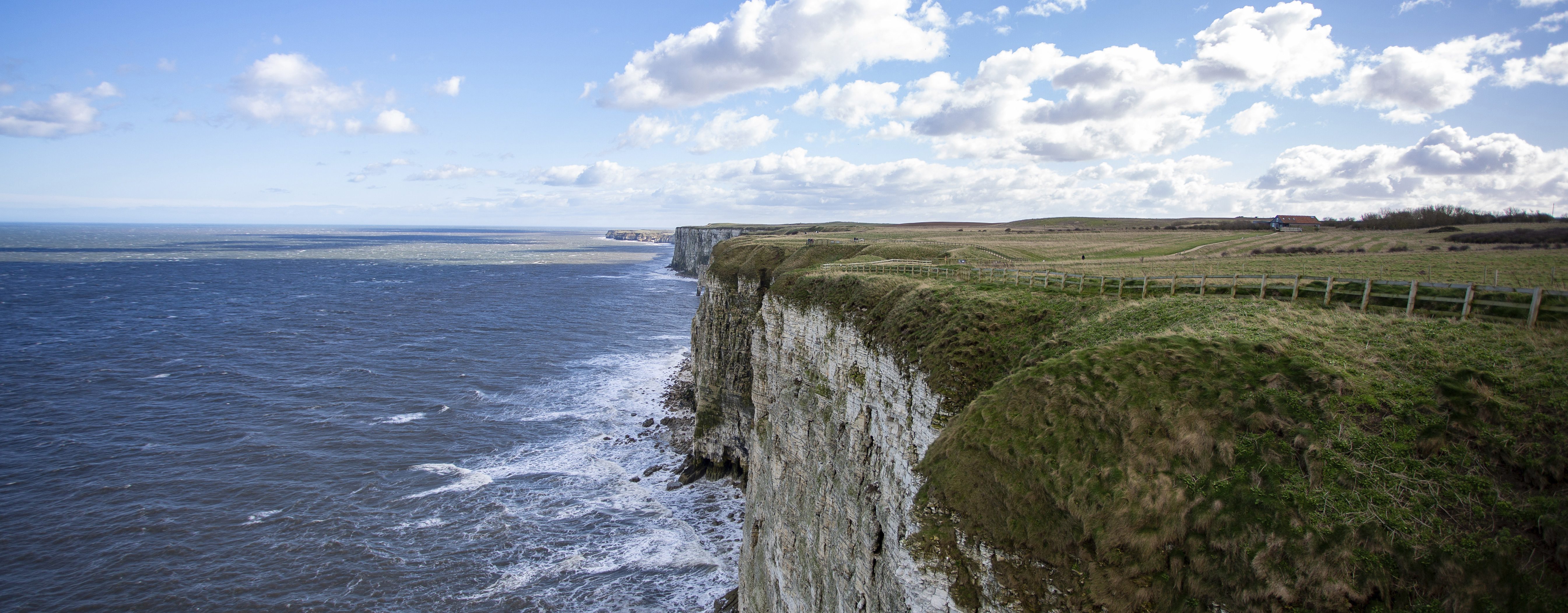No Let-up in Net Loss of UK’s Nature
The UK’s wildlife continues to decline according to the State of Nature 2019 report. The latest findings show that since rigorous scientific monitoring began in the 1970s, there has been a 13% decline in average abundance across wildlife studied and that the declines continue unabated.
Following the State of Nature reports in 2013 and 2016, leading professionals from more than 70 wildlife organisations have joined with government agencies for the first time, to present the clearest picture to date of the status of our species across land and sea.
The State of Nature 2019 report also reveals that 41% of UK species studied have declined, 26% have increased and 33% shown little change since 1970, while 133 species assessed have already been lost from our shores since 1500.

Small tortoiseshell Aglais urticae, nectaring on mint, Middleton Lakes RSPB reserve, Staffordshire, 2013
Butterflies and moths have been particularly hard hit with numbers of butterflies down by 17% and moths down by 25%. The numbers of species, such as the High Brown Fritillary and Grayling, that require more specialised habitats have declined by more than three quarters.
The UK’s mammals also fare badly with greater than 26% of species at risk of disappearing altogether. The Wild Cat and Greater Mouse-eared Bat are among those species teetering on the edge of disappearing.
Much is known about the causes of decline and about some of the ways in which we could reduce impacts and help struggling species. The evidence from the last 50 years shows that significant and ongoing changes in the way we manage our land for agriculture, and the ongoing effects of climate change are having the biggest impacts on nature.
Pollution is also a major issue. Whilst emissions of many pollutants have been reduced dramatically in recent decades, pollution continues to have a severe impact on the UK’s sensitive habitats and freshwaters, and new pollutant threats are continuing to emerge.
Daniel Hayhow, lead author on the report, said:
We know more about the UK’s wildlife than any other country on the planet, and what it is telling us should make us sit up and listen. We need to respond more urgently across the board if we are to put nature back where it belongs. Governments, conservation groups and individuals must continue to work together to help restore our land and sea for wildlife and people in a way that is both ambitious and inspiring for future generations.
In this report we have drawn on the best available data on the UK’s biodiversity, produced by partnerships between conservation NGOs, research institutes, UK and national governments, and thousands of dedicated volunteers. It’s through working together that we can help nature recover but the battle must intensify.
Whilst the trends are alarming, there is also cause for some cautious hope. The report showcases a wide range of exciting conservation initiatives, with partnerships delivering inspiring results. Species such as

Common cuckoo Cuculus canorus, adult male perched on lichen covered branch, Thursley National Nature Reserve, Surrey, April
Bitterns and Large Blue Butterfly have been saved through the concerted efforts of organisations and individuals.
Reflecting growing concern about the environmental and climate emergencies, public support for conservation also continues to grow, with NGO expenditure up by 26% since 2010/11 and time donated by volunteers having increased by 40% since 2000. However, public sector expenditure on biodiversity in the UK, as a proportion of GDP, has fallen by 42% since a peak in 2008/09.
The report has a foreword by a collective of young conservationists who are passionate about conservation and the future of our wildlife and nature to preserve it for future generations.
Dan Rouse, a young conservationist, said:
Nature is something that shaped my childhood, that allowed me to be free to use my sense of wonder, and to gain an insight into the wonderful world of nature! It’s young people that are now picking up the baton to save our nature – we’ve already lost Corn Buntings and Nightingales in Wales – how long until they’re gone from the rest of the UK? Along with the eerie calls of curlew and the gentle purr of the turtle doves.
The State of Nature 2019 report demonstrates how organisations from across the nature conservation sector can come together to present the latest information on the state of the UK’s wildlife. Showcasing both successes and ongoing challenges, the report highlights how we must further engage – especially with those outside conservation – if we are to halt and reverse ongoing declines in biodiversity.
For a full copy of the State of Nature 2019 report and further information, visit www.nbn.org.uk/stateofnature2019. The full UK report, Scotland reports and summary reports for each Devolved Nation are also available at the Resource Hub.
